What exactly is B2B sales enablement and why do you need it?
The B2B industry is characterized by lengthy sales cycles and high-stakes decision-making involving multiple stakeholders. Sales and marketing teams often struggle to align their efforts and deliver personalized, effective messaging.
Research by Gartner shows that by 2026, B2B sales organizations will transition from intuition-based to data-driven decision-making, requiring analytics, tracking, collection of data and increasing sales numbers.
Sales Enablement streamlines all this information and makes it easily accessible to anyone who needs this information, thereby narrowing the space for lack of alignment or lack of communication between departments.
what is b2b Sales Enablement and its Importance:
B2B sales teams face challenges like long sales cycles, sales-marketing misalignment, and ineffective personalized outreach—hindering efficiency, slowing revenue growth, and reducing sales effectiveness.
A common issue? Sales reps struggle to find the right content, often relying on outdated materials or creating their own. This leads to inconsistent messaging, confused prospects, and longer sales cycles. Without engagement insights, marketing kept producing unused assets, widening the gap. As a result, deals stalled, follow-ups lacked personalization, and valuable leads slipped through the cracks.
B2B sales enablement empowers teams with the strategies, tools, and insights to drive efficiency and effectiveness. By aligning sales and marketing, it ensures unified brand message and streamlined communication. A structured framework centralizes content, automates workflows, and delivers real-time engagement insights—enabling reps to personalize outreach, accelerate deal cycles, and enhance the overall buyer experience.
In this blog, we will delve into the importance of sales enablement, examining its role in overcoming B2B sales challenges. It also explores the key impacts of an effective sales enablement strategy, highlighting best practices, essential tools, and technologies that can help B2B sales teams optimize their efforts and drive revenue growth.
Why is Sales Enablement Important for B2B?
Challenge: Long Sales Cycles
B2B sales aren’t just about pitching a great product—it’s about navigating a minefield of decision-makers, internal approvals, and corporate red tape. Every deal is a waiting game, with stakeholders disappearing mid-conversation, budgets getting re-evaluated, and priorities shifting overnight. Sales reps keep following up, hoping to keep the deal alive, but without the right engagement strategy, momentum fizzles, and deals sit in limbo for months.
Solution:
Sales enablement platforms cut through the noise by providing automated follow-ups, real-time engagement insights, and content analytics. Instead of blindly chasing prospects, reps can see who’s actually interested, which stakeholders are engaged, and what content is driving action—giving them the tools to reignite stalled conversations and push deals across the finish line.
Challenge: Disjointed Sales & Marketing
Marketing creates content. Sales teams ignore it. Sound familiar? Reps either can’t find the right materials or don’t trust them to close deals, so they end up creating their own decks, using outdated messaging, or simply winging it. The result? Mixed signals, lost deals, and frustrated teams wondering why their efforts aren’t translating into revenue.
Solution:
A centralized sales enablement platform keeps everyone on the same page—literally. Marketing gets real-time insights into which content actually drives conversions, while sales reps have instant access to up-to-date, battle-tested materials. No more wasted content, no more misalignment—just consistent, high-impact messaging that moves deals forward.
Challenge: Highly Competitive Market
In B2B sales, standing out isn’t easy. Every competitor claims to be “the best,” and buyers are bombarded with options, making it easy to delay decisions or default to the safest choice. When reps fail to differentiate—or worse, rely on generic, one-size-fits-all pitches—they blend into the noise, leading to stalled deals, lost opportunities, and constant price wars.
Solution:
Sales enablement tools give reps a competitive edge by providing real-time buyer insights, AI-powered content recommendations, and personalized engagement strategies. Instead of guessing what resonates, reps can see exactly what piques interest, engages decision-makers, and builds trust—so they don’t just compete; they win.
Challenge: Content Overload
Sales reps are drowning in content. Decks, case studies, whitepapers, product sheets, compliance documents—you name it. When a buyer asks for something, reps either spend too much time searching or, worse, send outdated materials. Meanwhile, marketing keeps pumping out content, but if reps can’t find it when they need it, what’s the point?
Solution:
A sales enablement content hub cuts through the clutter, giving reps instant access to the right materials, at the right time, in just a few clicks. AI-powered recommendations suggest the most relevant assets based on prospect engagement, ensuring reps aren’t just sending content—they’re sending content that converts.
Challenge: Scalability & Consistent Training
Scaling a sales team is a nightmare without structured onboarding. New reps struggle to find information, shadow different people (all with their own ways of selling), and take months to ramp up—leading to lost productivity, inconsistent messaging, and missed quotas. Without a repeatable, scalable training process, every new hire is a gamble.
Solution:
Sales enablement platforms turn onboarding into a science with on-demand training, interactive playbooks, and AI-driven coaching. New reps get the same high-impact, structured training as the top performers, cutting ramp-up time and ensuring everyone is aligned on messaging, strategy, and execution—so they can start selling faster and smarter.
How Sales Enablement Impacts B2B:
By addressing alignment, personalization, and sales cycle challenges, sales enablement improves B2B team performance.
Impacts:
- Improves Alignment Between Sales and Marketing Teams
Sales enablement fosters collaboration between sales and marketing by ensuring both teams operate with a shared strategy, data-driven insights, and unified messaging. This alignment helps create targeted content that meets buyer needs at every stage of the sales funnel, leading to more consistent and compelling customer interactions.
- Increases Deal Velocity by Optimizing the Buyer Journey
By providing sales teams with on-demand access to relevant materials, training, and insights, sales enablement reduces friction in the buyer journey. Automated lead qualification, AI-driven recommendations, and data-backed strategies help move prospects through the pipeline more efficiently, shortening sales cycles and increasing close rates.
- Boosts Engagement with Personalized, Relevant Content
Buyers today expect highly personalized experiences. Sales enablement platforms enable reps to tailor content based on prospect behavior, industry trends, and real-time engagement analytics. This personalization increases buyer interest, builds trust, and improves conversion rates by delivering the right message at the right time.
- Reduces Inefficiencies Through Automation and Centralized Workflows
Sales enablement leverages automation tools to streamline manual tasks such as CRM updates, content distribution, and follow-ups. Centralized access to sales collateral, templates, and playbooks ensures consistency and allows reps to focus more on selling rather than administrative work, leading to improved productivity.
- Enhances Sales Coaching and Continuous Learning
A well-implemented sales enablement strategy doesn’t just provide content—it empowers reps with ongoing training, coaching, and performance insights. AI-driven coaching tools, interactive playbooks, and real-time feedback mechanisms help reps refine their pitches, overcome objections, and adapt to buyer behaviors. By fostering a culture of continuous learning, sales enablement ensures that every rep—whether new or experienced—is equipped with the skills and knowledge needed to close deals more effectively.
Implementing Sales Enablement in B2B
Hiring and Onboarding
Bringing new sales reps up to speed quickly is essential for maintaining productivity and achieving sales targets. Sales enablement ensures a structured onboarding process by providing standardized training materials, playbooks, and interactive learning platforms. These resources help new hires understand the company’s value proposition, sales methodologies, and product offerings faster, enabling them to contribute effectively in a shorter time frame.
Prospecting
Finding and engaging the right leads is critical to a successful sales pipeline. Sales enablement leverages data-driven insights to help sales teams identify, segment, and prioritize high-potential prospects. Advanced CRM tools, AI-driven lead scoring, and market intelligence platforms ensure that outreach efforts are targeted and relevant, increasing the likelihood of meaningful connections and conversions.
Engagement
Personalized buyer experiences play a key role in building trust and driving engagement. Sales enablement provides teams with tools such as personalized microsites, interactive content hubs, and dynamic presentations to deliver relevant content tailored to different stakeholders at various stages of the buying journey. This approach ensures that prospects receive the right information at the right time, improving their decision-making process and fostering stronger relationships.
Closing Deals
Understanding prospect behavior and engagement levels can significantly enhance deal-closing strategies. Sales enablement equips sales teams with analytics and real-time insights into how prospects interact with content, emails, and proposals. These insights allow sales reps to tailor their closing pitches, address objections more effectively, and refine their approach to align with buyer priorities. By leveraging data, teams can optimize their closing techniques, improve win rates, and shorten the sales cycle.
Implementing sales enablement in B2B ensures that sales teams are well-equipped, aligned, and empowered to drive meaningful interactions and maximize their success in a competitive marketplace.
Sales Enablement Tools for B2B
Paperflite
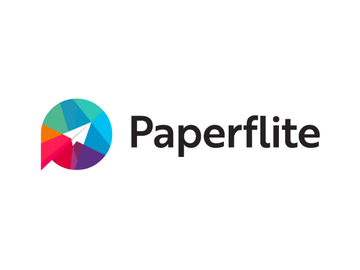
Paperflite is a sales enablement platform that helps businesses organize, manage, and distribute content seamlessly. It empowers teams with real-time engagement analytics, AI-driven recommendations, and centralized content hubs to streamline sales and marketing efforts. By ensuring the right content reaches the right audience, Paperflite enhances buyer engagement and sales efficiency.
How Paperflite Helps with B2B Sales
In B2B sales, timing and relevance are everything—Paperflite ensures sales teams always have access to the most impactful content when engaging buyers. It tracks prospect interactions, provides insights into content performance, and personalizes outreach, helping reps accelerate deal cycles. With automated workflows and seamless content collaboration, Paperflite boosts sales productivity and conversion rates.
Key Features:
- Unified Content Hub – Paperflite provides a centralized platform where sales and marketing teams can collaborate seamlessly. It allows for easy organization, access, and distribution of content, ensuring that teams always have the latest, most relevant materials.
- Personalized Content Sharing – Users can create customized microsites for sharing content with prospects and customers. These microsites offer a branded, interactive experience, enhancing engagement and making content consumption more intuitive.
- Real-Time Buyer Insights – Paperflite tracks how recipients engage with shared content, offering detailed analytics on views, time spent, and interactions. These insights help sales and marketing teams tailor their outreach and refine content strategies based on audience preferences.
- Seamless CRM Integrations – Paperflite integrates with popular CRMs like HubSpot and Salesforce, ensuring that engagement data syncs directly with existing sales workflows. This enables sales teams to leverage content performance insights while managing leads and customer interactions efficiently.
Pros:
- Advanced collaboration tools for better alignment between sales and marketing teams.
- Intuitive interface and easy content organization.
- Detailed analytics to optimize content strategy and sales pitches.
- It is adaptable across various devices - tablets, ipads, mobiles, desktops, and laptops.
AI Capabilities:
Paperflite leverages AI to enhance content performance by:
- Tracking engagement metrics to identify high-performing assets.
- Recommending relevant content based on buyer interactions.
- Predicting which materials will have the highest impact based on historical engagement patterns.
Highspot
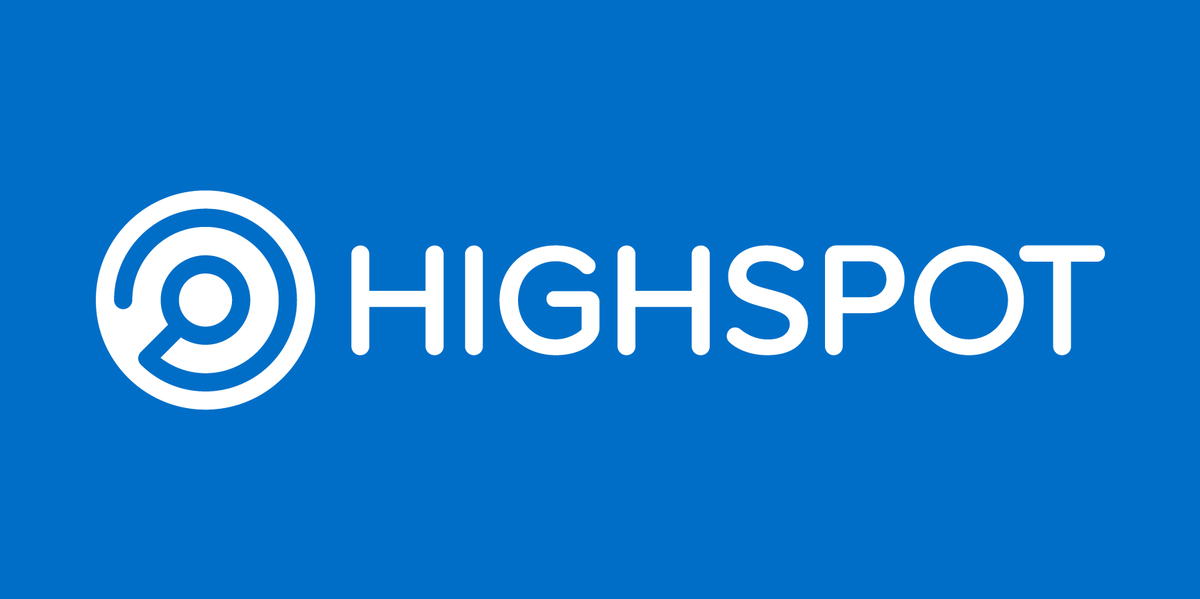
Highspot is a sales enablement platform designed to help businesses organize, manage, and deliver sales content more effectively. It provides AI-driven content recommendations, sales playbooks, and analytics to help reps engage prospects with the right materials.
How Highspot Helps with B2B Sales
Highspot ensures that sales teams have access to relevant, approved content when interacting with buyers. By integrating with CRM and communication tools, it helps reps find and use the right materials while tracking engagement. However, its complex setup and learning curve can be challenging for teams looking for a more streamlined experience.
Key Features:
- AI-powered content recommendations to surface relevant sales materials.
- Sales playbooks for guided selling strategies.
- Analytics and engagement tracking to measure content performance.
- CRM integrations with Salesforce, HubSpot, and other sales tools.
Pros:
- Strong AI-driven content discovery.
- Playbooks help reps follow structured sales strategies.
- Engagement tracking improves content visibility.
AI Capabilities:
- Predictive content recommendations based on rep activity.
- AI-driven scoring to identify high-performing content.
- Insights to refine messaging and content strategy.
Seismic
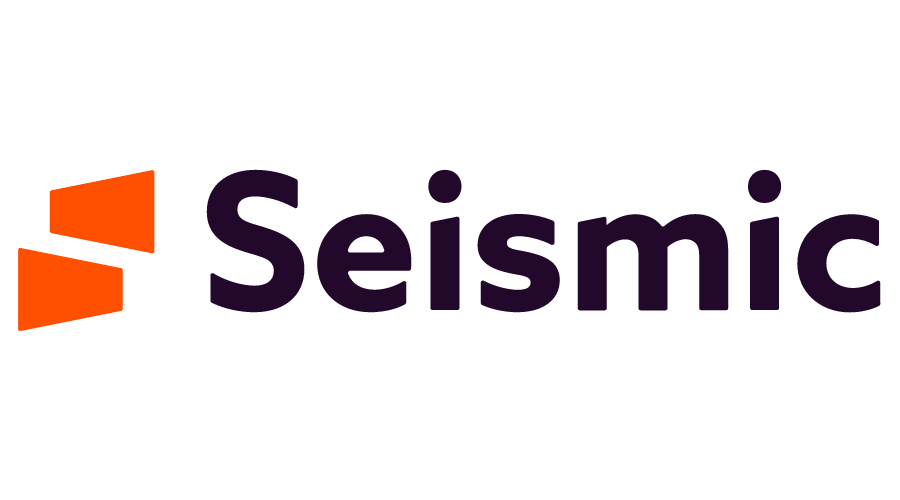
Seismic is a sales enablement platform built for large-scale enterprises looking to automate content delivery, personalize sales interactions, and improve alignment between sales and marketing. It focuses on content automation, analytics, and training to help sales teams engage buyers more effectively.
How Seismic Helps with B2B Sales
Seismic enables personalized content delivery at scale by automating content management and tracking buyer engagement. It is particularly useful for enterprises with complex sales cycles, though its extensive feature set can be overwhelming for smaller teams or businesses needing quick deployment.
Key Features:
- Content automation to personalize sales collateral.
- Advanced analytics to measure content engagement and effectiveness.
- Sales training and coaching to improve team performance.
- Deep integrations with CRM, marketing automation, and sales tools.
Pros:
- Strong automation for large-scale content management.
- Personalization capabilities to tailor sales materials.
- Robust analytics for tracking content impact.
AI Capabilities:
- AI-driven content personalization for different buyer personas.
- Automated insights to identify sales trends.
- AI-powered sales coaching to enhance rep performance.
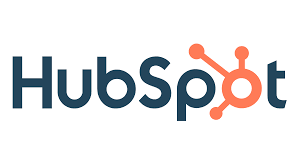
HubSpot is a leading customer platform that helps businesses attract, engage, and delight customers by combining powerful sales enablement, marketing automation, and CRM tools. Designed for businesses of all sizes, HubSpot enables sales and marketing teams to work seamlessly, nurture leads effectively, and close deals faster.
How HubSpot Helps with B2B Sales
HubSpot simplifies B2B sales by providing an intuitive CRM, automation tools, and AI-driven insights that streamline lead management and improve sales efficiency. It helps teams engage prospects, automate follow-ups, and track sales performance—all in one place.
Key Features
- All-in-One CRM – A centralized system to track leads, manage contacts, and optimize sales pipelines.
- Marketing & Sales Automation – Automate emails, follow-ups, and workflows to nurture leads efficiently.
- Content & Email Tracking – Get real-time notifications when prospects engage with your content.
- Conversational AI & Chatbots – Engage with prospects instantly using AI-powered chat and automation.
- Deep CRM Integrations – Seamlessly connect with tools like Salesforce, Slack, and Gmail.
- Advanced Reporting & Analytics – Gain actionable insights into sales performance and buyer behavior.
Pros
Scalable for Growth – Works well for startups, SMBs, and enterprises.
Powerful Automation – Saves time by automating repetitive sales and marketing tasks.
Seamless Integration – Connects with a wide range of third-party tools.
AI Capabilities
AI-Powered Lead Scoring – Prioritizes high-intent leads for better conversion rates.
Automated Email Personalization – Creates dynamic, tailored emails based on user behavior.
Predictive Analytics – Helps sales teams forecast revenue and identify opportunities.
Bigtincan
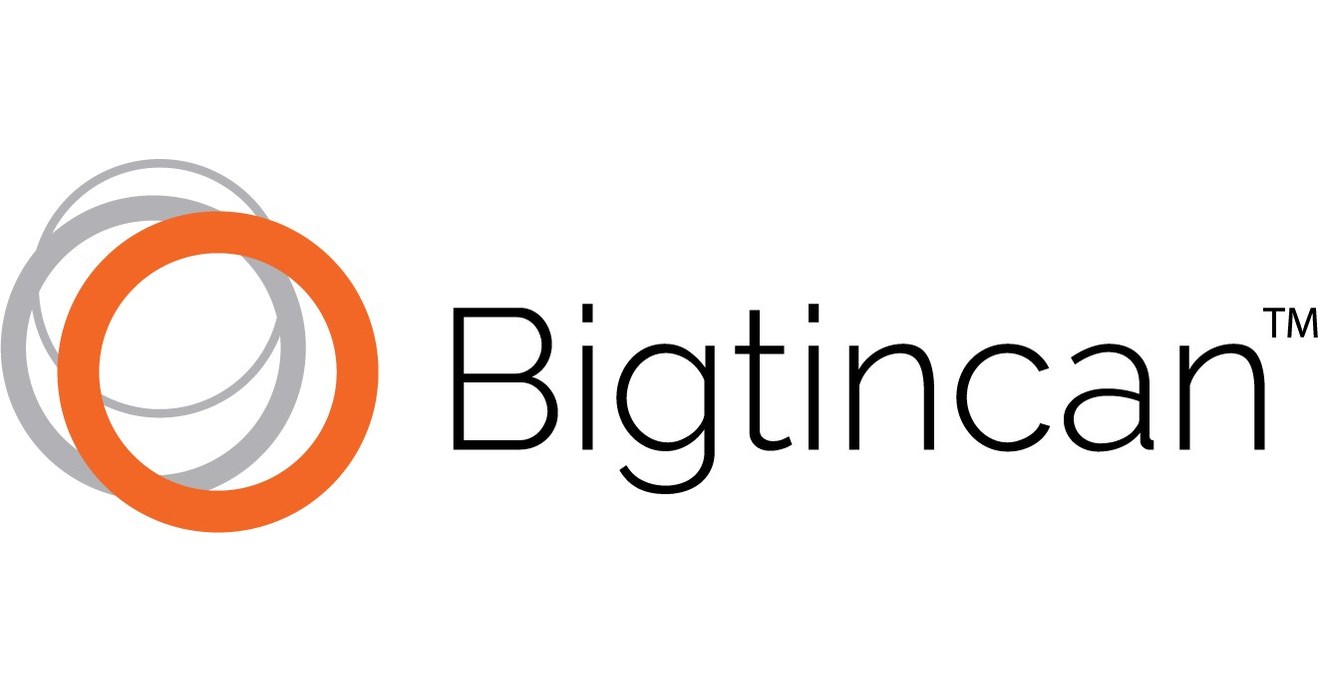
BigTinCan is a sales enablement platform that provides a unified experience for content sharing, collaboration, and performance analytics, making it easier for sales teams to engage buyers effectively.
How BigTinCan Helps with B2B Sales
BigTinCan streamlines the sales process by delivering timely, relevant content and training to reps on any device. It enhances engagement through personalized content delivery, enabling teams to respond swiftly to buyer needs and drive deals forward.
Key Features:
- Unified Content Repository: Centralized access to sales collateral ensures that teams always have the latest, most relevant materials.
- Mobile-First Experience: Empowers sales reps to access, share, and collaborate on content seamlessly on the go.
- Collaboration Tools: Enables real-time communication and content sharing between sales and marketing teams.
- Analytics and Reporting: Provides insights into content usage and buyer engagement, helping teams refine their strategies.
Pros:
Comprehensive mobile enablement for on-the-go sales teams.
Strong collaboration features that bridge the gap between sales and marketing.
Detailed analytics to optimize content performance and buyer engagement.
AI Capabilities:
AI-driven insights to highlight high-performing content based on engagement.
Predictive analytics to identify content gaps and suggest improvements.
Automated recommendations to help tailor content for specific buyer interactions.
Conclusion
Sales enablement is a game-changer for B2B organizations, addressing key challenges such as prolonged sales cycles, misalignment between sales and marketing, and difficulties in delivering personalized outreach. By implementing a structured sales enablement strategy, businesses can streamline processes, enhance collaboration, and improve engagement with prospects.
Are you ready to elevate your B2B sales strategy? Discover how Paperflite can help your team deliver personalized, data-driven buyer experiences that enhance engagement and boost win rates. Explore our platform to see how sales enablement can transform the way you connect with prospects and close deals more effectively.
